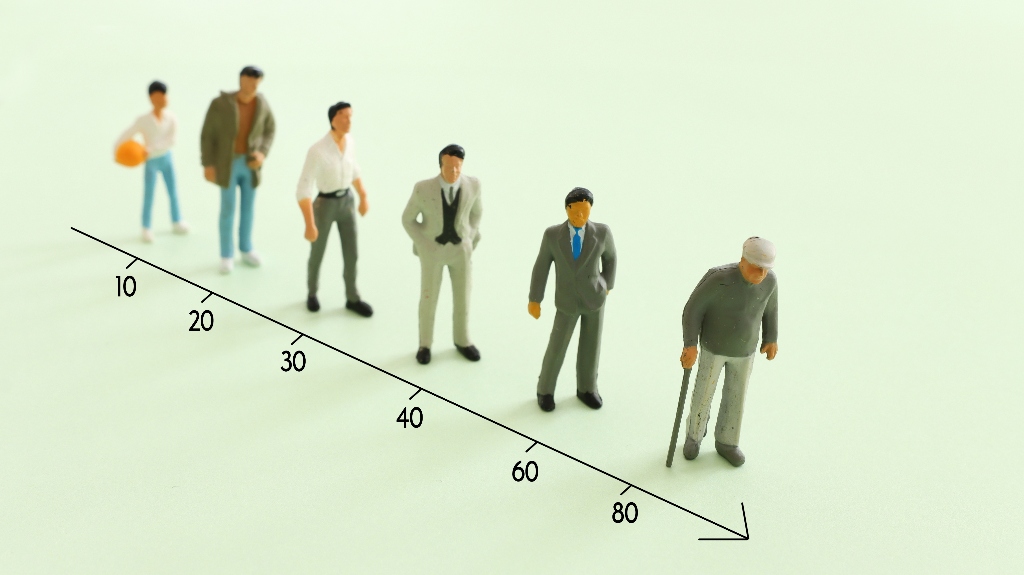
At Tabak Law, we are here to support injured and disabled people, those facing some of the toughest challenges in life. Our goal is to help them transition from hardship to hope, ensuring that they receive the benefits and compensation that they rightfully deserve. A critical, but often overlooked aspect of this journey is age.
While severe and long-term disabilities form the basis of any claim, the Social Security Administration (SSA) uses age as a crucial factor when determining benefits, especially when your ability to enter new work is at risk.
The Foundation: How the SSA Defines Disability
To qualify for Supplemental Security Income (SSI) or Social Security Disability Insurance (SSDI), you must meet certain strict criteria. Your condition must be serious, expected to last for at least one year, and prevent you from engaging in Substantial Gainful Activity (SGA). In other words, it must prevent you from returning to your previous job or adapting to any other type of employment that is available in significant numbers in the national economy.
Most initial claims are denied, often because the Social Security Administration (SSA) believes that the applicant can return to their previous work or adapt to another job. To challenge this decision, it is necessary to have a thorough understanding of the disability process, including transferability of skills and medical-vocational guidelines commonly known as the “grid”.
What is the “Grid” and Why Does Age Matter So Much?
The SSA’s medical-vocational guidelines, or “the grid”, is a framework that helps decision makers determine if you are disabled based on a combination of factors: your residual functional capacity (RFC) (what you can still do despite your limitations), your education, work experience, and crucially, your age.
The SSA does not view age as a simple number. It understands that advancing age can have a significant impact on your ability to adjust to new work environments, acquire new skills, or compete with younger employees. As a result, the system establishes specific age groups that receive different levels of attention:
Younger Individual (Ages 18-49)
If you are under 50 years old, the Social Security Administration (SSA) generally assumes that you can more easily adapt to new work, even if you have limited education and an unskilled work history. However, winning a claim at this age often requires strong medical evidence proving that you are unable to perform even sedentary work.
Person Closely Approaching Advanced Age (Ages 50-54)
This is a crucial category. At the age of 50, things start to change in your favor. If you have been limited to sedentary work and have a history of unskilled employment, the system may label you as “disabled”, even if you are physically able to do some work.
Person of Advanced Age (Ages 55 and Older)
The rules have become more favorable for this group. The Social Security Administration recognizes that it can be challenging for individuals in this age group to adapt to new types of work. If you are 55 years old or older and limited to sedentary work and do not have transferable skills, the Social Security Administration may consider you disabled under the disability grid.
Person Closely Approaching Retirement Age (Ages 60-64)
The SSA takes into account the most favorable circumstances in this situation. The criteria for determining disability are less strict, recognizing the significant obstacles that individuals in this age group face in terms of employment.
How Your RFC and Age Work Together
Your RFC rating, whether for physical or mental limitations, is the medical basis for your claim. However, the meaning of this rating changes with age. A 35-year-old and a 55-year old may both receive an RFC for light work, but the younger individual may be able to adjust to other light jobs given their age, while the 55 year old may be considered disabled under the grid rules if their work history is primarily unskilled. The SSA may deem it unreasonable to expect the older individual to make such a change.

The Critical Importance of a Thorough Application
Providing comprehensive evidence is always important, but it is especially crucial for younger applicants to build a strong case. This includes detailed medical records, statements from treating doctors, and a complete work history over the past 15 years. A supportive statement from your doctor that aligns with your disability claim can greatly increase your chances of approval, regardless of your age.
Navigating the Complex Intersection of Age and Disability
Whether you are 30 or 60, it is crucial to understand how the Social Security Administration (SSA) uses age in its decisions. The experienced SSDI lawyers at Tabak Law understand the nuances of the grid rules and know how to present your case in the best possible light. We are familiar with challenging allegations that you are able to return to work, leveraging your age, RFC (record of functional capacity), and work history to create a strong argument for approval.
If you have been denied benefits or are considering filing a claim, do not underestimate the importance of your age in this process. Contact Tabak Law for a free consultation. We can help you navigate the system and secure the benefits that you deserve.
